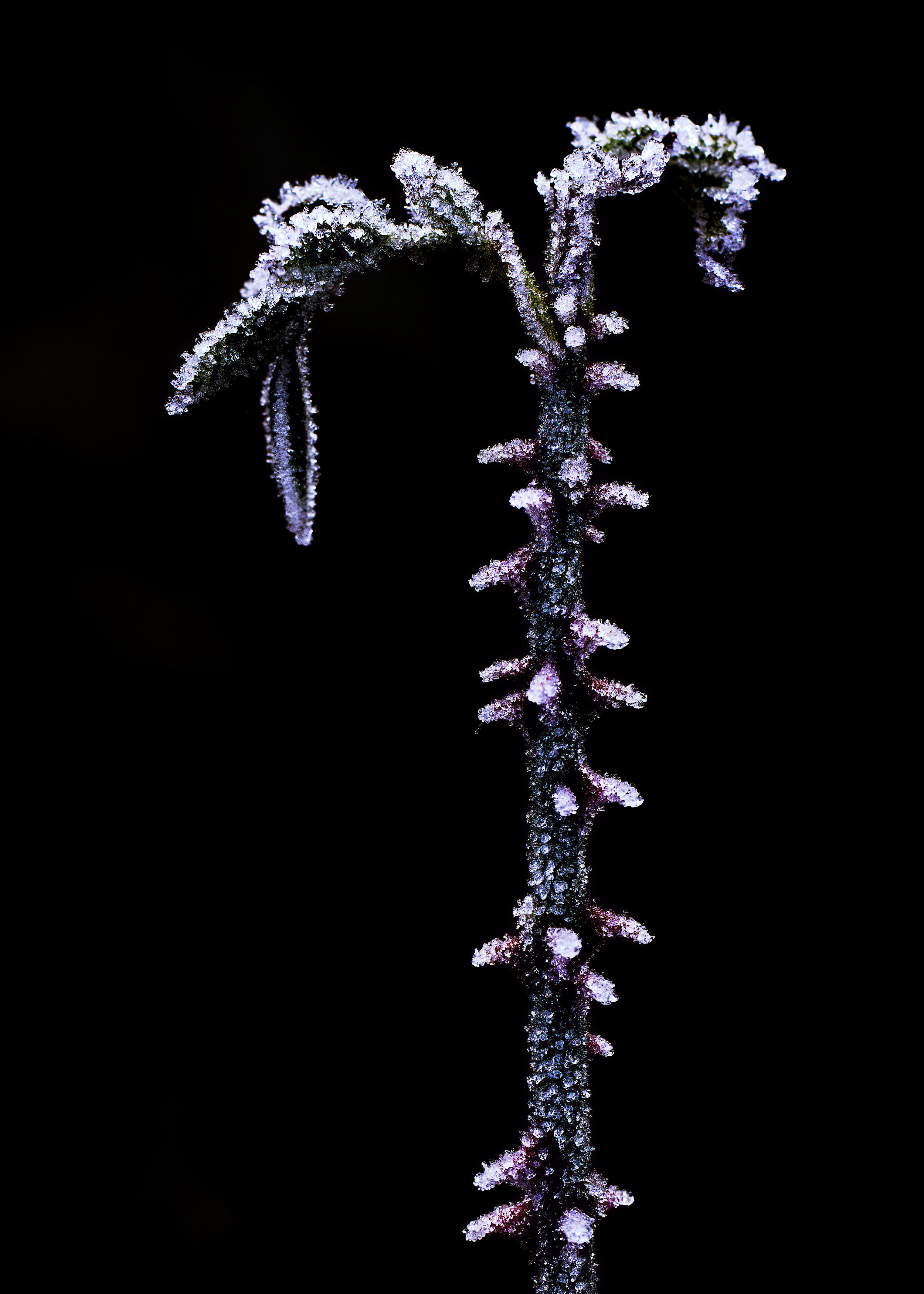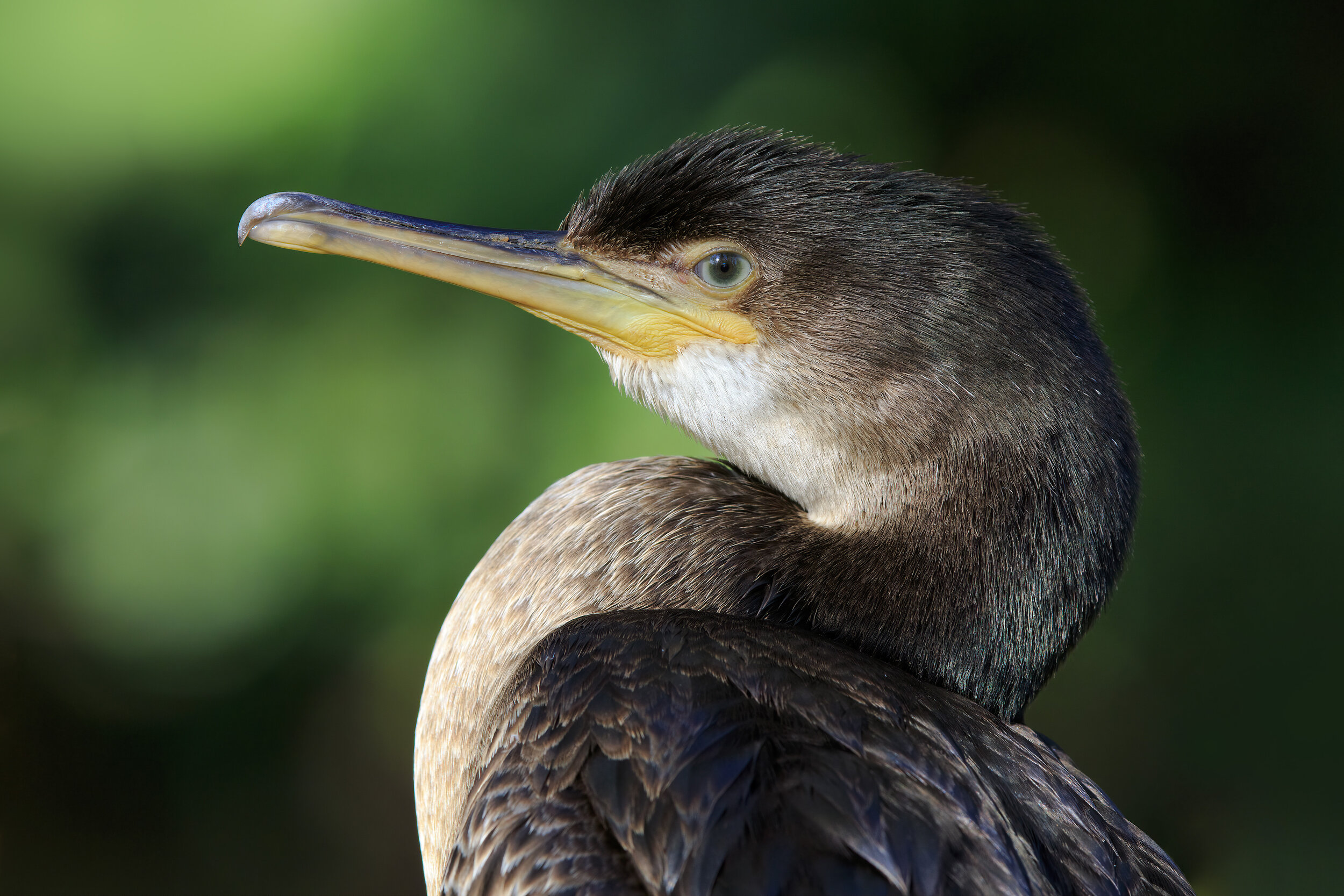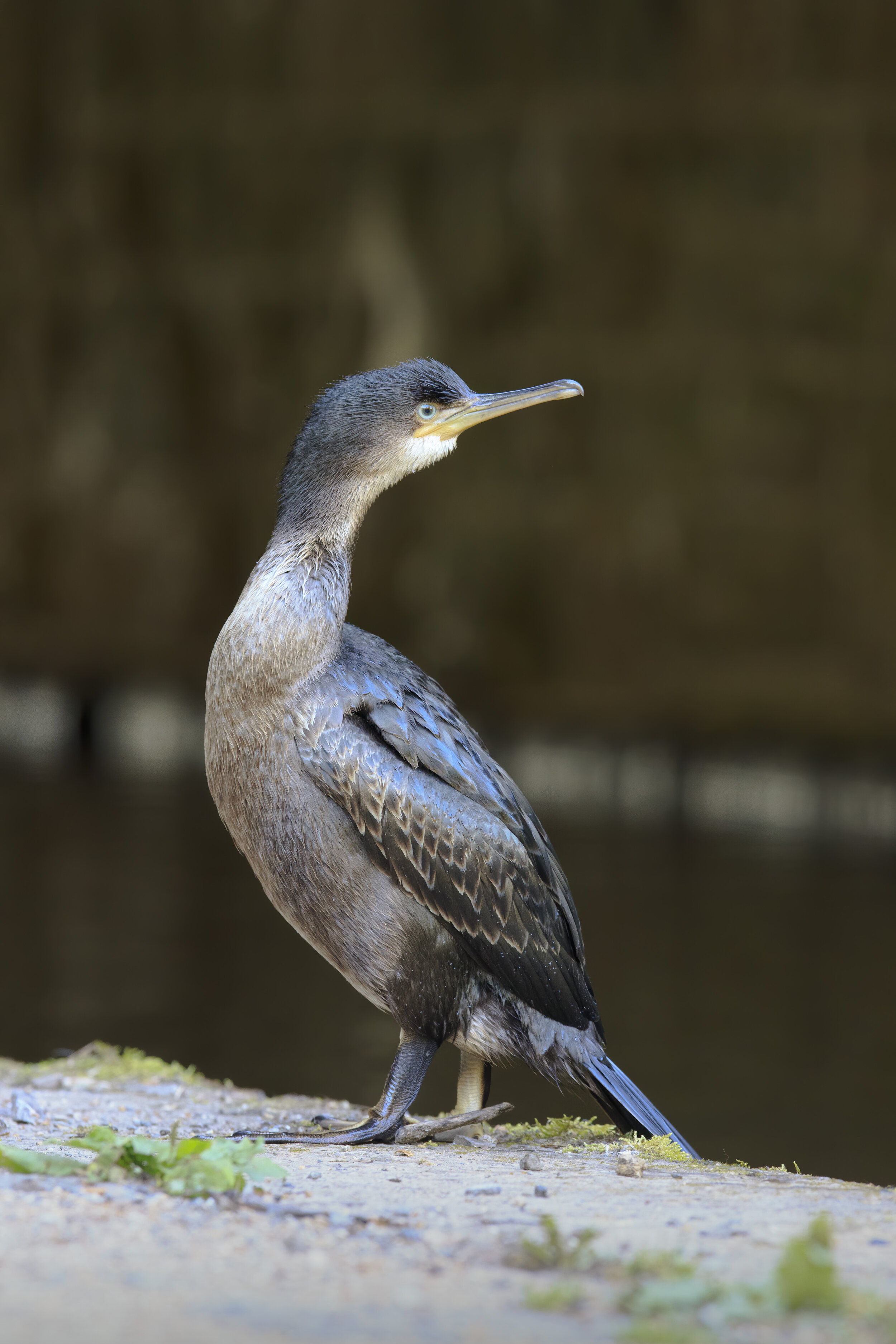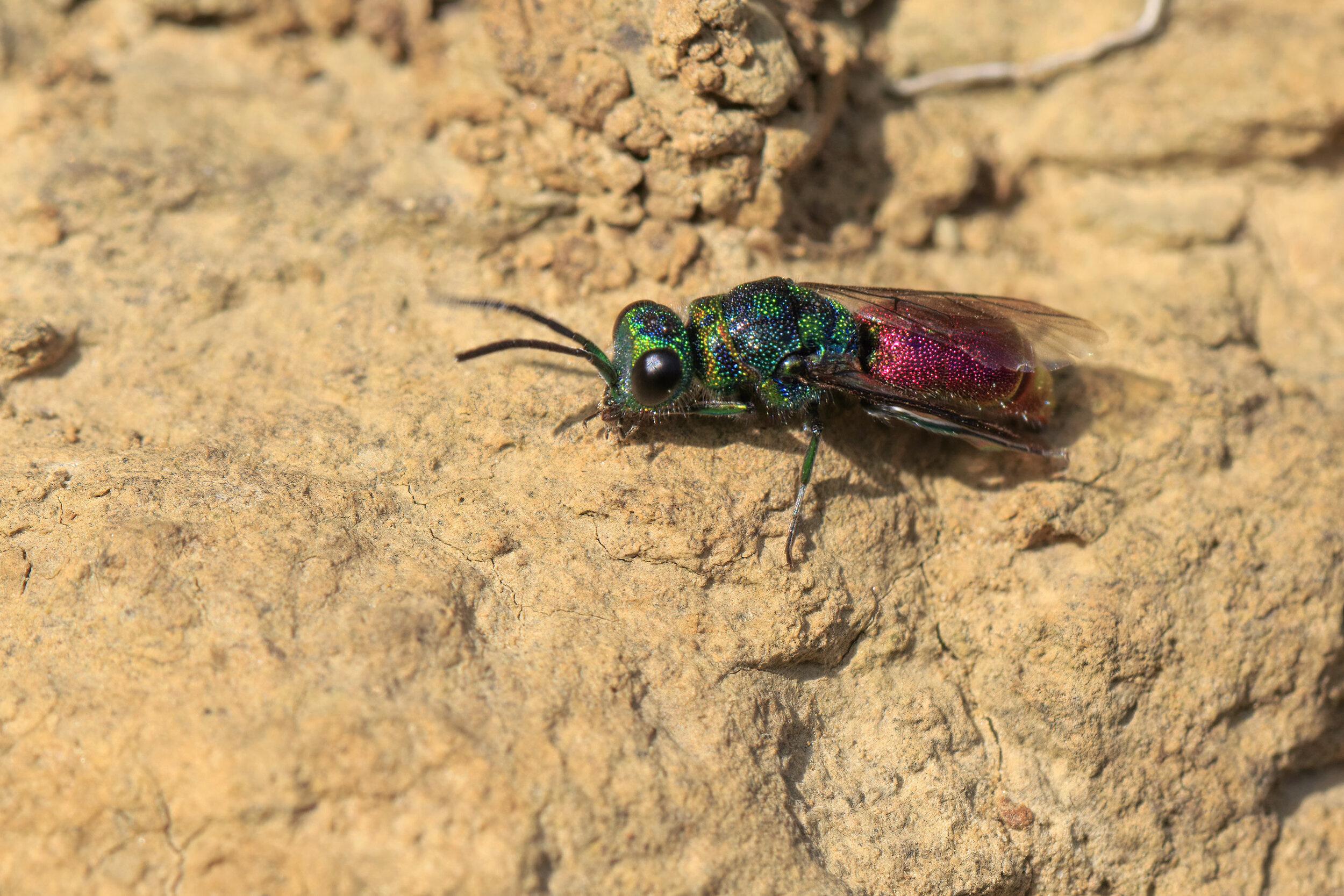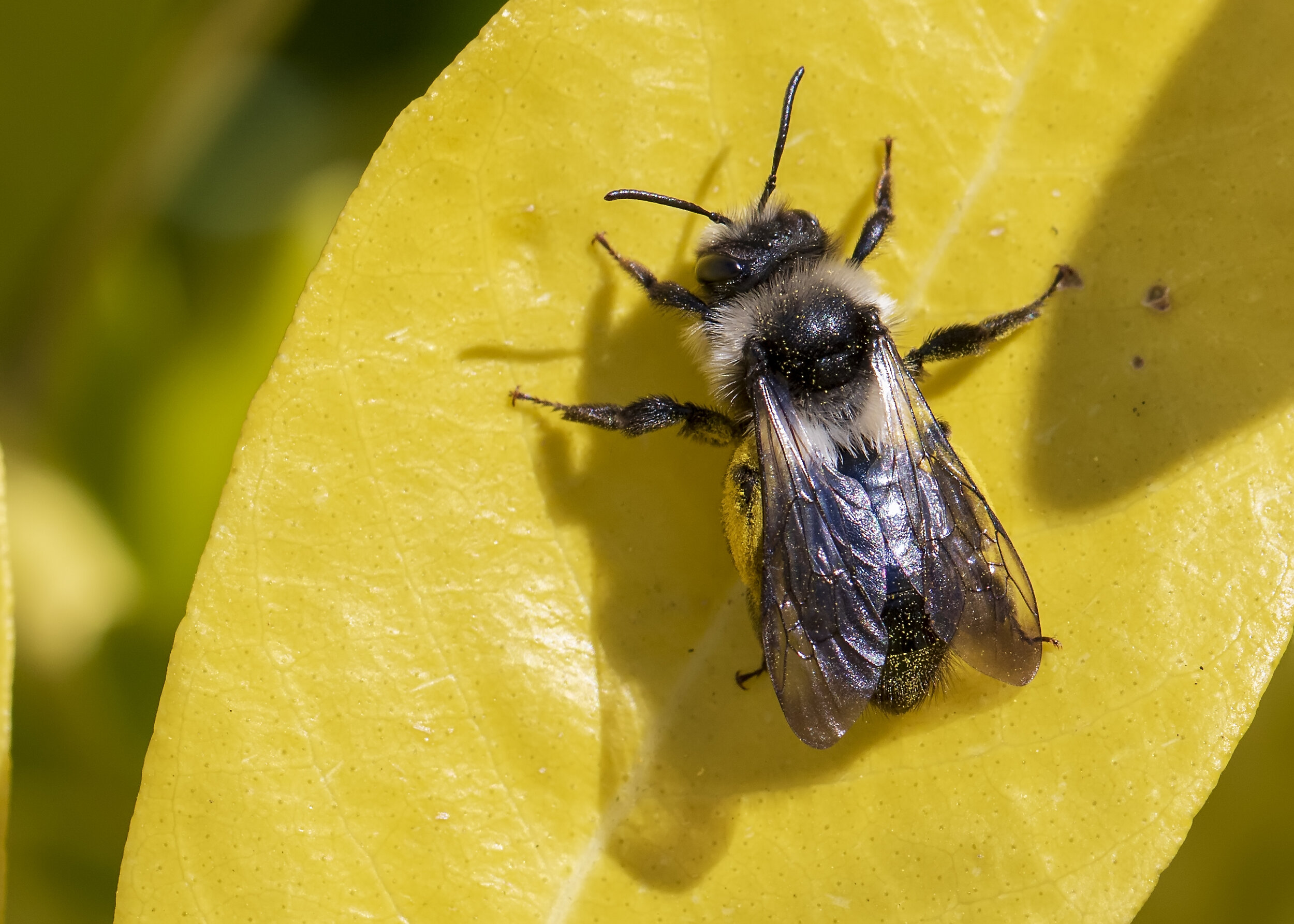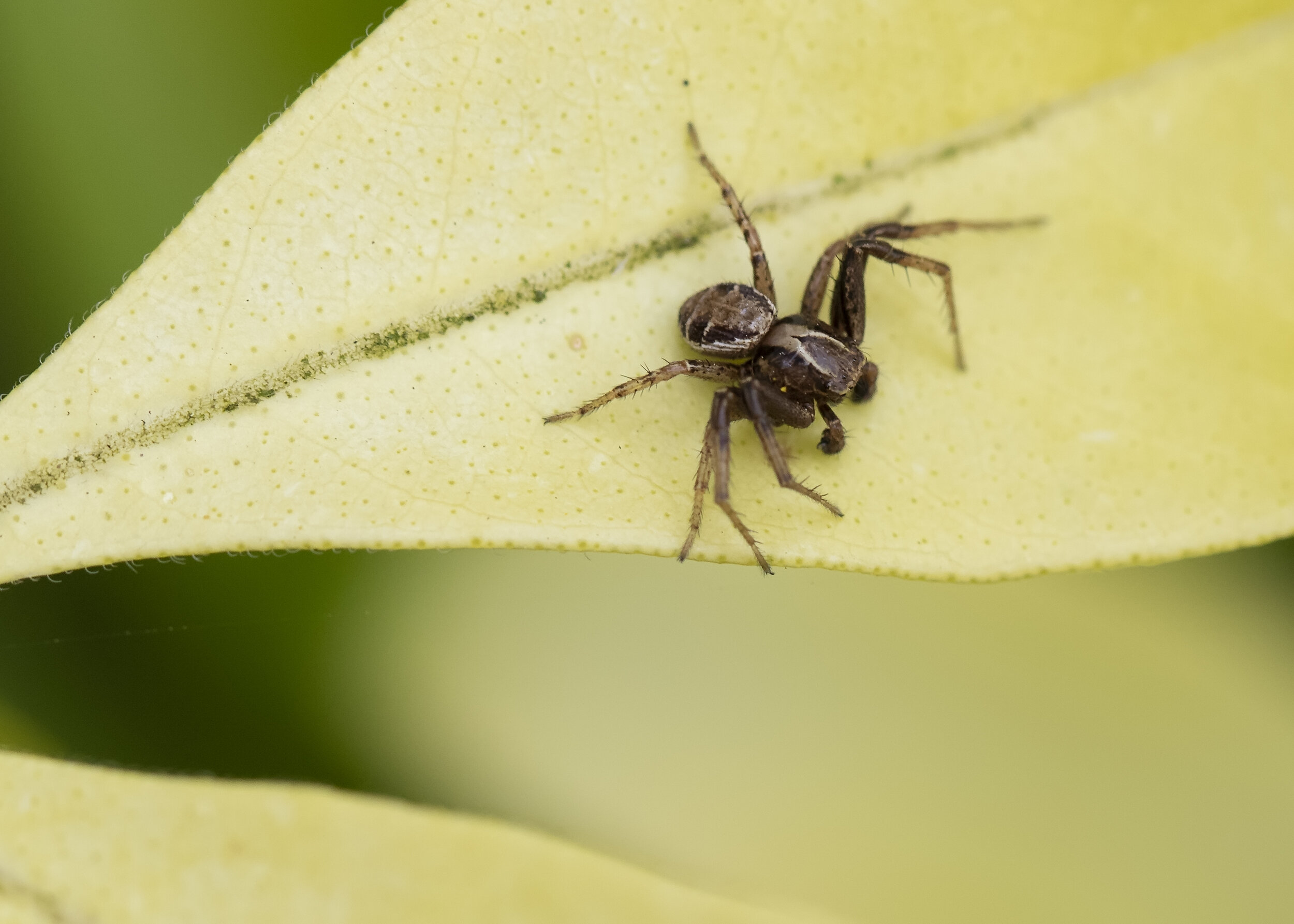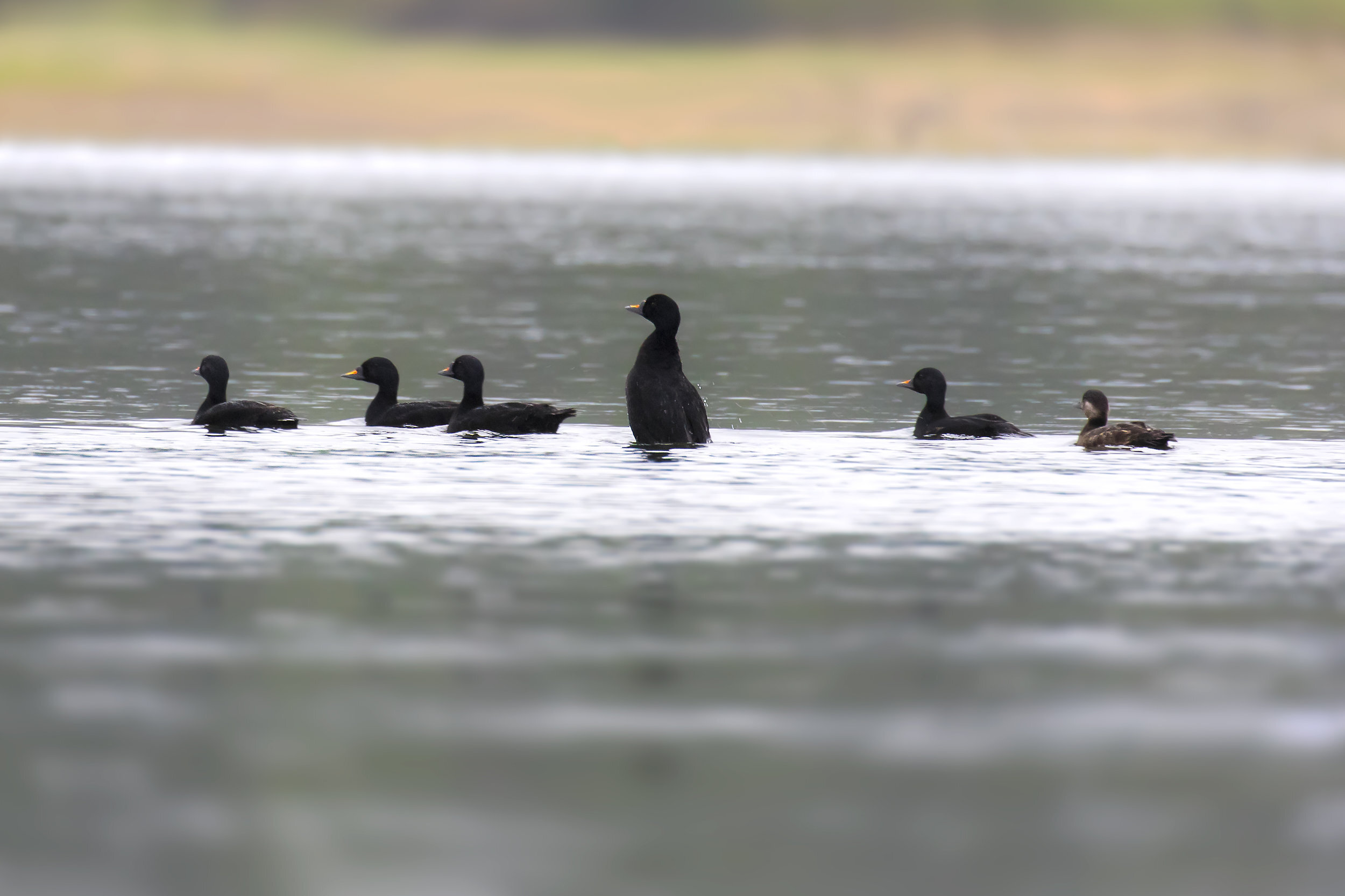January is giving me whiplash! Heavy rain and flooding, followed by a cold snap, followed by mild weather which spurred on an early spring with more birds singing and spring flowers emerging, then we got hit with snow, but swiftly followed by rain and milder temps again. Either way, I think the over-all pull of spring is fast approaching, no matter what the weather throws at us, it’s just around the corner.
January has the potential to be a little depressing for me, especially with Lockdown’s and a period of ill health and in general, a lot of stress in the family right now. So far though, we’ve dealt with everything together, no thanks to a good support system from my loved ones. The reassuring feeling that spring is fast upon us, is also very up-lifting. Already in the Garden I’m hearing a variety of different birds joining in on the action, as winter food supplies are running out, it can be a difficult time of year if the cold drags out any longer, but despite the cold night time temps, the daytime temps have been way above average and I’m already seeing substantial growth from my Daffodils in my Garden. Reports online of Great Spotted Woodpeckers drumming, Blue Tit’s making nests and plenty of Frogspawn in ponds. It’l be a few more weeks yet and really anything could happen as I’m reminded of the beast from the east that we experienced a few years ago.
I had a period of ill health, back and forth hospital with suspected gall bladder problems (again) but once I was feeling a bit more myself I started to record the birds I could hear from my doorstep. Everything in the little playlist below was taken from the comfort of my home.
Prior to the hospital trips I was enjoying getting out on my daily walks along the canal, and thankfully I was in walking distance of a Black Redstart, that was found by Marcus Doolan along the cycle track near Tesco. Such a random place, right next to a busy main road, but I believe the bird stayed for a while. It could even be still there! It was so tame, not very often you have to take the teleconverters off the camera, so all these were shot at 300mm (on a 1.6x crop sensor). Such a beautiful bird though, and well worth the walk.
Along the way, I was surprised to see so many Goosander, that appear to be getting a lot more socialised around people than they once were. I remember just a few years ago with one or two present along the south Sebastopol stretch of canal, but as soon as they saw anybody coming, they would fly away. Now though, they are following the Mallards around and coming in for the bread thrown out by public. Considering bread is bad for Ducks, I can’t imagine it’s that great for Goosander either, especially given that their diet usually consist of fish.
I’m back to work now though, awaiting some results from the specialist, so hopefully this experience will push my investigation along a bit quicker. My surveying Jobs take me to some random places, but for the last two years I’ve spent a lot of time surveying parts of the Gwent Levels. This week I had two very different locations to survey, one being a very busy farm and the other alongside the very tranquil Magor Marsh Nature Reserve.
I am very appreciative of my Job at the moment as I’ve particularly struggled this lockdown, as I know many of you are too. So I took the time before and after some of my surveys to capture a taste of what those areas sounded like. I hope you take the time to listen with your headphones as I’ve embraced the sounds of the environment, including sounds that I would typical avoid, like tractors, dogs, cars, trains ect, as we don't always get to chose our daily soundtrack, especially during these lockdown periods.
I’ll start with my day on the farm. Snow was on the ground, with -5 morning temps on a dawn survey, but spring was still in the area, with my first drumming Great Spotted Woodpecker and plenty of other birds to keep me perked up.
Also you’ll know by now already, I enjoy recording mimicking birds, and that morning I recorded this Robin, which gave a few good impressions during the short period I recorded. One phrase of a Great Tit, followed by another of a Blue Tit, but attempts were made to mimic Cetti’s Warbler and Goldfinch towards the end.
By far the best mimicker of the bunch though was this iconic Starling, which towards the end does a very convincing Yellowhammer Song! when not being outcompeted by a nearby Robin. As incredible Starlings are at mimicking, they aren’t very loud singers.
On another survey, I was lucky to have Magor Marsh Nature Reserve on my route, as part of a wider scope survey across the Gwent Levels. I was surprised to see Mute Swans building a nest already, but listening to the recordings below you would think it was spring, as so much was singing that morning. 2 Gadwall of note from the hide, one female of which has a white wing bar, which I have seen before. Only 6 Teal, 1 Kingfisher and plenty of Mallard, Coot, Little Grebe and Moorhens on the pond. Lesser Redpolls seem to be using the reserve quite often too and still plenty of Cetti’s Warblers making themselves known from time to time.
As I said, there were a lot singing that morning, but it’s always nice to get a recording of wintering birds singing, like this Redwing. This is their subsong rather than their full breeding song, but personally I tend to prefer the more complicated, scratchy subsongs.
I’ll leave you with plenty more songsters, including a performance from a Jackdaw that was trying to impress a female. Finishing with a Great Tit alarm calling, but specifically using their ‘Human’ alarm call, which is basically the bird telling me that they know I’m there… a bit pointless if you ask me but who knows what experiences these birds have with other people.

